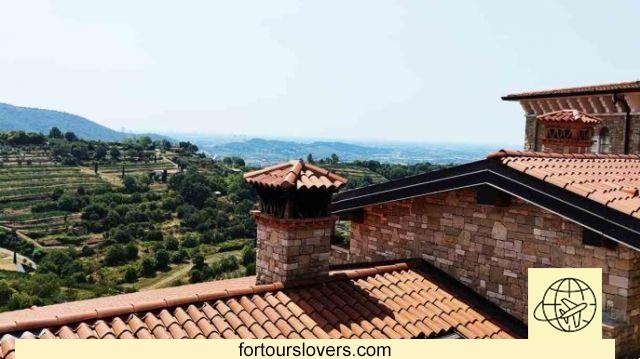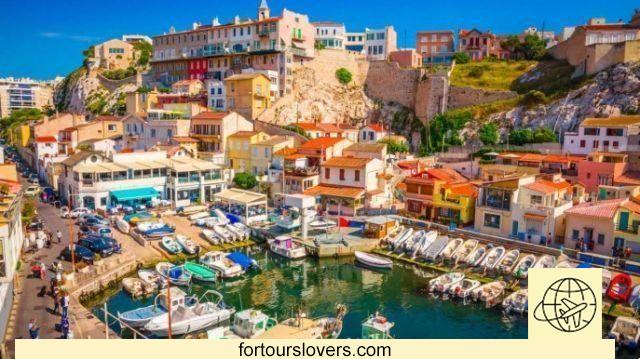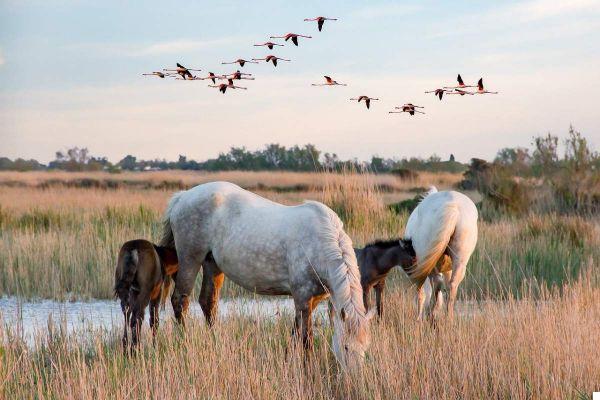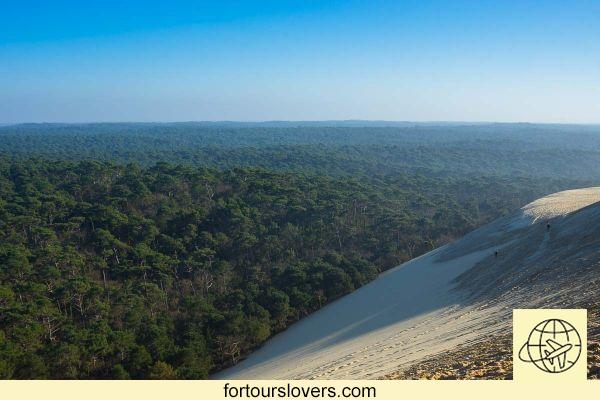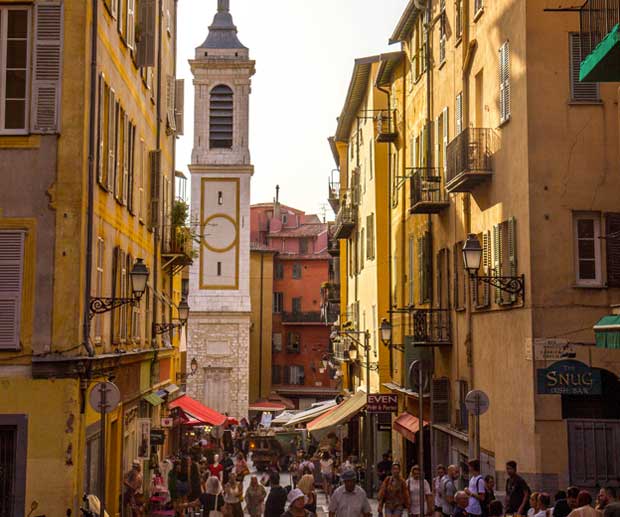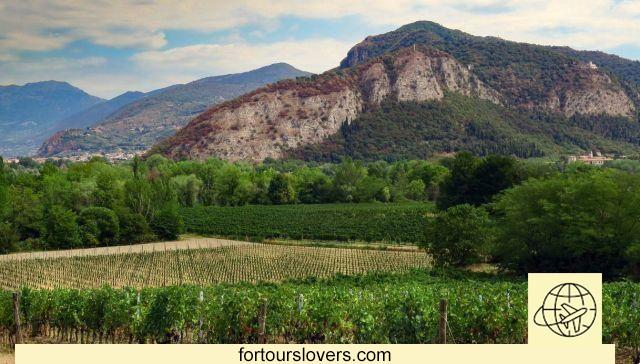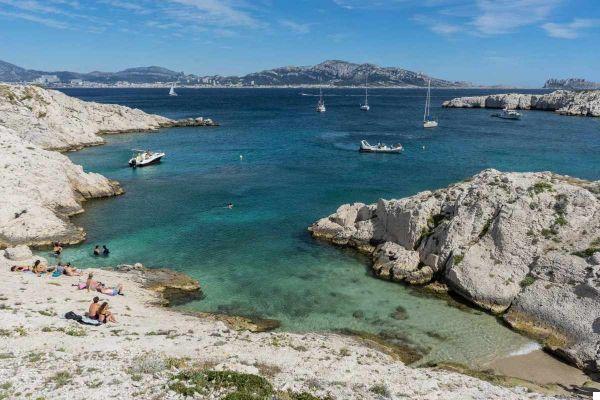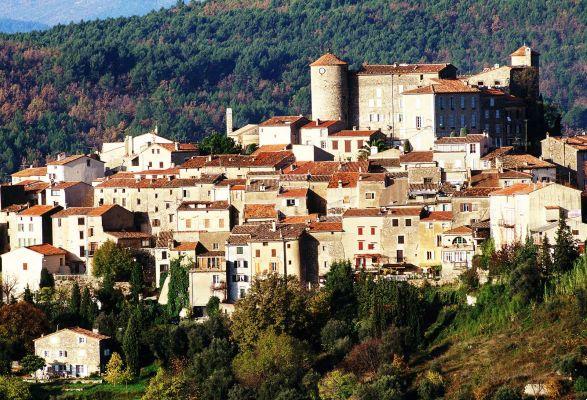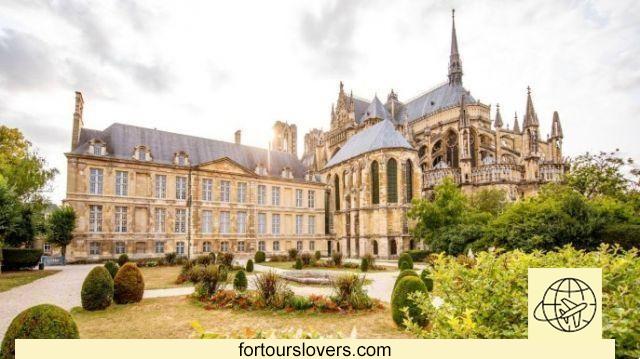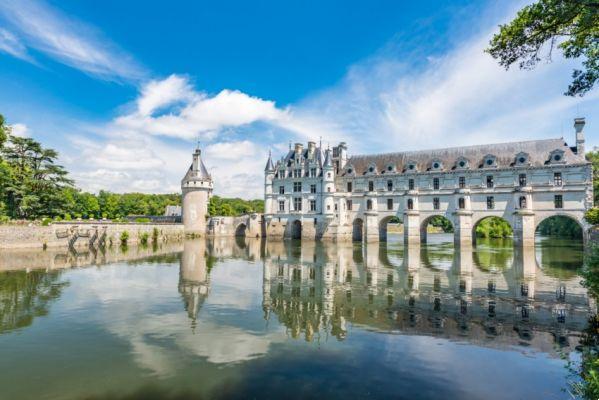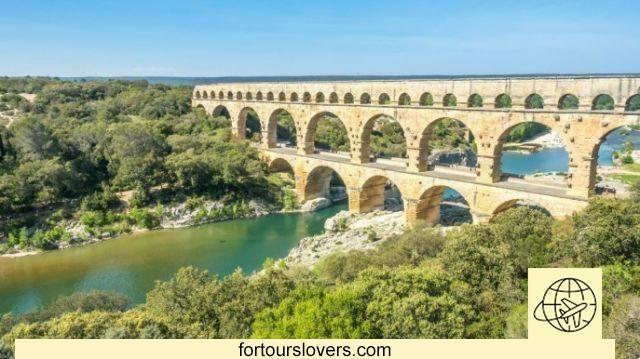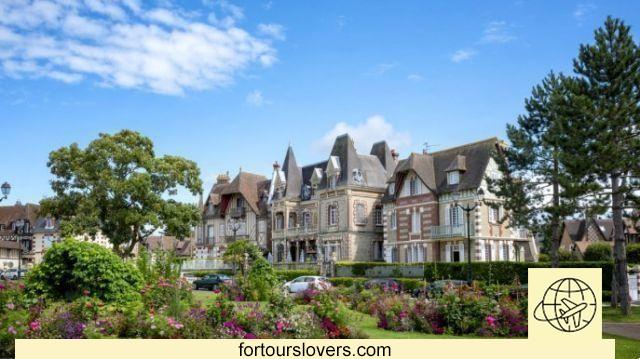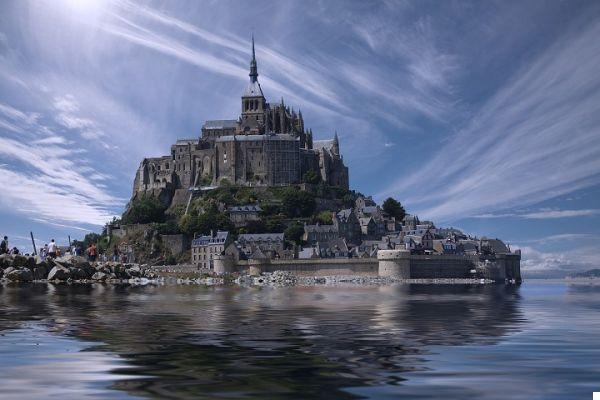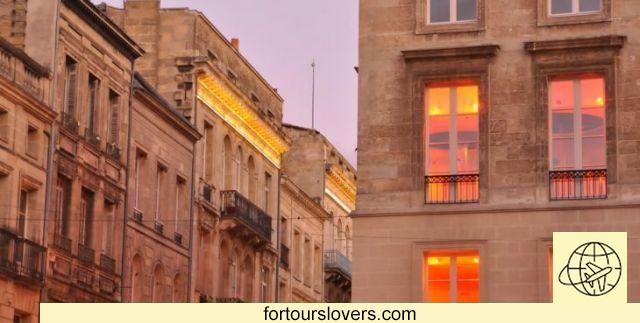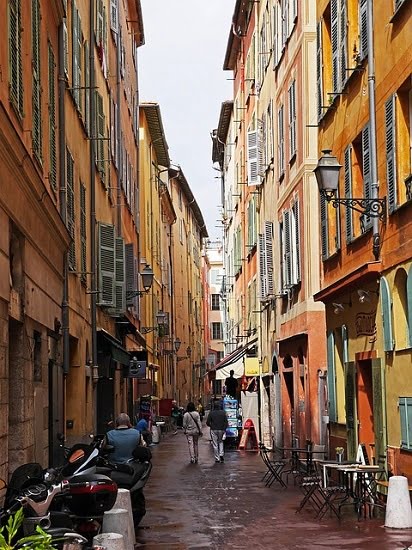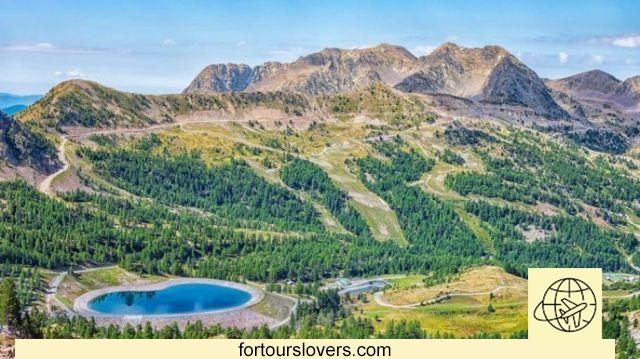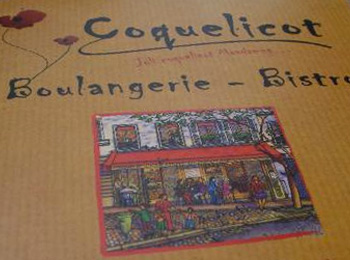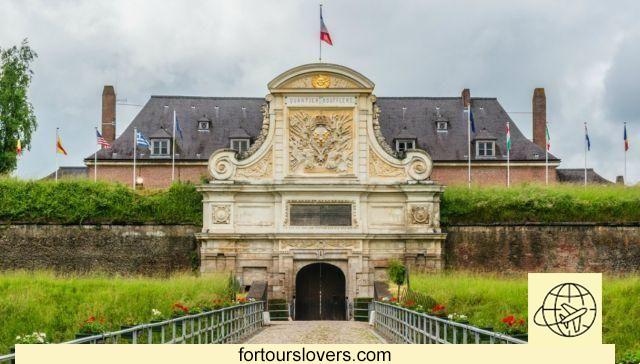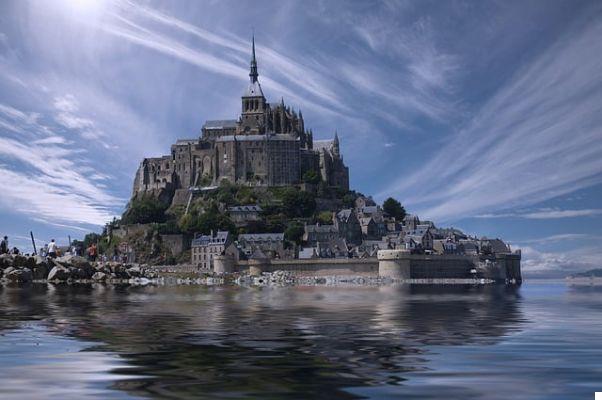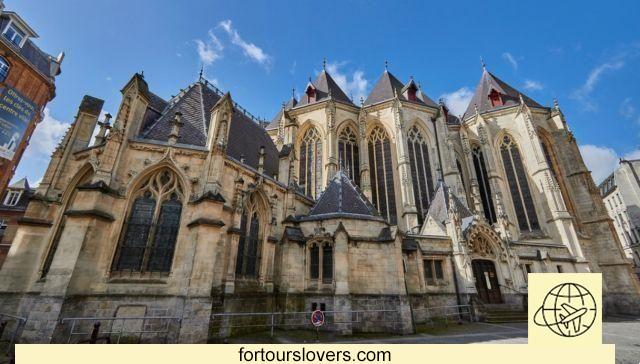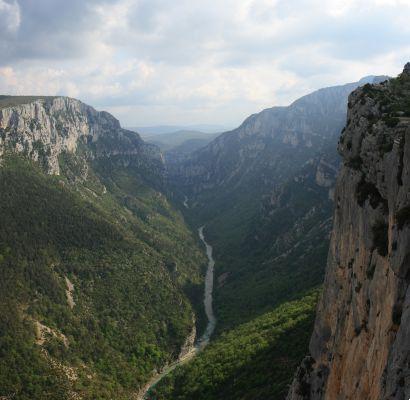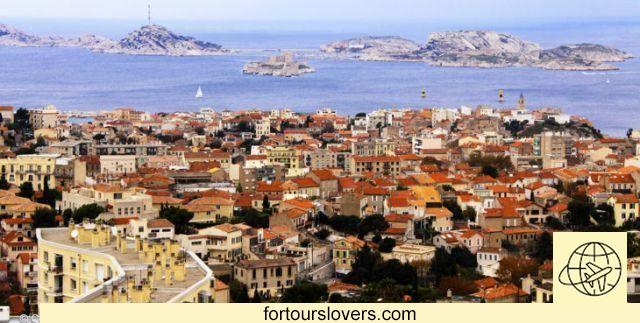
Marseille
11 things to do and see in Marseille and 2 not to doThe writer Jean Claud Izzo defined Marseille "the last stop in the world", a city where "the future belongs to those who arrive". Undoubtedly it was an autobiographical definition, being himself the son of immigrants from Marseille, but there is no doubt that from a historical point of view this is still exactly the case today. Even the myth of the city's founding gives evidence of this melting pot. According to legend, in fact, Massalia (ancient name of Marseille) was born from the union between a Greek merchant, such Protis, and Gyptis, daughter of the head of a Celtic-Ligurian tribe settled in the hinterland of the city. In addition to cosmopolitanism, the other constitutive fact of Marseille is the indissoluble link with the sea. A symbiosis that has greatly influenced its development on a par with other Mediterranean cities such as Genoa and Naples. Especially with the latter, in fact, there are many similarities: the welcome above all, the passionate cheering for one's football team but, needless to hide it, also rooted phenomena of urban crime. It must be said, however, that the designation, in 2013, as European Capital of Culture, represented a turning point for Marseille. The city has redone its look and tourist flows have significantly increased (another circumstance that it shares in Naples). Below, we see together the main attractions of the city. Happy reading.
1 Vieux Port
At the beginning we mentioned the changes that affected Marseille after 2013, the year in which the city was designated the European Capital of Culture. One of the most significant was undoubtedly the pedestrianization project of the old port by the architect Norman Foster (together with the landscape architect Michel Desvigner). The renovation of the Vieux Port, in fact, has restored the full usability of the area to Marseilles and tourists, greatly reducing car traffic. The emblem of the project is theOmbrièr Miroir, cover in the shape of an "umbrella mirror" located in the center of the port. Obviously all this was also possible because the bulk of maritime traffic has long since been moved elsewhere. Even before the urban transformation made by Foster, Vieux Port was an area mainly suited to tourism and boating. Alongside yachts and sailing boats, however, resisted fish market that every morning attracts customers from all over the city. Another attraction worthy of mention is the ferry boat that goes around the port. The service, dating back to the nineteenth century, is a great success with the public, especially in recent years with the use of a solar-powered boat. The tour skirts the two forts Saint Nicolas and Saint Jean built in time to defend the area. Also since 2013 a bridge connects Forte Saint Jean to MuCEM, the Museum of the Civilizations of Europe and the Mediterranean, which we will discuss more fully in the next point.
2 MuCEM
Strongly desired by the French Ministry of Culture, the MuCEM (Musée des civilizations de l'Europe et de la Méditerranée) is the only museum in the world entirely dedicated to the civilizations of the Mediterranean basin. Faced with such an ambitious project, the approach could only be multidisciplinary. The Galerie de la Méditerranée, on the first floor of the building, houses artifacts, documents and other materials of anthropological, historical and artistic interest. The exhibition is conceived as a semi-permanent exhibition that every 3-5 years is renewed with new contributions and languages. On the second floor, instead, space for temporary exhibitions, obviously in line with the cosmopolitan vocation that has always characterized Marseille. But that's not all, because the MuCEM also has an auditorium, spaces for children, a bookshop, boutiques, restaurants and cafes. In short, a space designed to welcome but which also fascinates from the outside. The merit is the cubic shape of the building and, above all, the materials used for its construction. A futuristic glass and steel structure covered with an ultra-performing cement fiber created by the star architect Rudy Ricciotti. A true work of art that reaches its peak in the evening, illuminated by the lighting effects created by the conceptual artist Yann Kersalé. Adjacent to the museum, another building of considerable architectural value. We are talking about Mediterranean Villa, built by the Italian architect Stefano Boeri. For more information, visit the official website: www.mucem.org (English version available).
3 Le Panier
It is only a few hundred meters to divide Vieux Port from Le Panier, the symbolic district of Marseille, the one that contains the "genius loci" which here is called "mixité", to reaffirm the melting pot of ethnic groups (Italians, Corsicans, Armenians, Maghrebians) that has accompanied the history of the capital of Provence from the beginning. It is useless to follow a path in Le Panier: you have to get lost in its narrow alleys admiring the tall houses with colored facades, the stairs, the balconies and the countless artisan shops. Several of which are dedicated to crib art, just like in Naples even if, it must be said, the shepherds of Marseille are very different from those made under Vesuvius. It is not over, because there is another historical analogy between the two cities: cigarette smuggling. Le Panier has long been the symbolic neighborhood of this illicit activity, not the only one in truth. The designation of the city as European Capital of Culture has changed the face of the neighborhood that has stripped its popular soul from many of the criticalities and dangers that accompanied it. To see its squares (Place des 13 Cantons, Place du Refuge and Place des Moulins) and above all Vieille Charite, a symbol of the neighborhood. In the seventeenth century as a shelter for the many poor and beggars of the city, this complex went through various historical phases until it was occupied by the German army during the Second World War. Immediately after the war, the rebirth thanks to the interest of the well-known architect Le Corbusier, to finally become, in 600, the seat of two museums: the Museum of Mediterranean Archeology and Museum of African, Oceanic and American Arts (MAAOA). To be seen!
4 Cathedral of Santa Maria Maggiore
La Cathedral of Santa Maria Maggiore (for Marseilles, Major) is about 600 meters from the old city port. It is a monumental church with a white and green marble facade, a dome over 70 meters high and a majestic entrance portal. Inside, elaborate Byzantine-style mosaics stand out, without forgetting the remains of a XNUMXth-century Paelochristian basilica that emerged during the excavations made to lay the foundations. There is more. Attached to the church, in fact, there is also the old cathedral of the twelfth century in the Gothic-Romanesque style. Between the two buildings there are about seven centuries of difference, since the Cathédrale Saint Marie Majeur was built between 1852 and 1896 on the initiative of Napoleon III. The second half of the nineteenth century was a period of great economic prosperity and consequent urban expansion for Marseille. In those same years, several other civil and religious works were carried out, including the Notre Dame de La Garde church (see point 6) towards which the affection of the Marseillais is even greater than that of La Major. That said, the Cathedral of Santa Maria Maggiore remains an essential point of reference in Marseille and therefore an unmissable stop on any city tour.
5 La Canebière
La Canebière, the most important artery in the historic center of Marseille, confirms the adage according to which the streets that cross it make the history of a city. The name itself is a clue to what we are saying. In fact, Canebière derives from the Provençal “canabe”, a reference to the intensive cultivation of hemp from which ropes and harnesses for ships were made. The road was inaugurated in 1666 by Louis XIV, although its period of greatest splendor coincided with the Third French Republic, approximately from 1870 until the beginning of the Second World War. Especially in the last quarter of the 1934th century, this one kilometer long avenue was filled with palaces, cafes, restaurants and buildings of cultural interest, many of which, unfortunately, were destroyed or heavily remodeled due to the conflict. Even before that, however, in XNUMX, La Canabière had been the scene of a bloody event of considerable international importance. The killing, by a Macedonian separatist, of Alexander I of Yugoslavia, on a diplomatic visit to Marseille in the company of the then French Foreign Minister Jean Louis Barthou. Today this street, although far from the glories of the past, is regaining vitality with a bohemian touch that doesn't hurt. To be seen!
6 Notre Dame de la Garde
Many argue that the visit to Marseille should start with "Bonne Mère", as it is affectionately called Notre Dame de la Garde. At the base of the suggestion, the extraordinary view that can be enjoyed from the church square, which is about 150 meters above sea level, to which we must add the beyond 60 meters of the bell tower, in turn surmounted by a golden statue of the Madonna. In short, a constant visual reference point, which largely explains the visceral attachment of the Marseillais. The church dates back to the mid-nineteenth century. The architect Henri Espérandieu oversaw the construction in the Romanesque-Byzantine style. Inside, polychrome marbles, mosaics, frescoes and numerous ex-votos, a precious testimony of popular devotion to the Virgin. Not surprisingly, on August 15, the feast of the Assumption, the wave of pilgrims pouring into the sanctuary is considerable. About a kilometer away from Notre Dame de la Garde, the XNUMXth century Abbey of Saint Victor is also worth a visit. Therefore a very old church, famous for the Candlemas celebrations in February. Not to be missed!
7 The Corniche
The Corniche, the waterfront in Marseille named after John F. Kennedy, is another unmissable stop on a visit to the city. About 5 kilometers long, this road connects the town beach (plage) "des Catalans" to the "Prado Seaside Park" (see next point). Like other public works, this too was built during the 1848th century. Its construction, which began in 900, involved thousands of workers, thus rescued from the chronic problem of unemployment. However, it was above all the local bourgeoisie who benefited from it, who seized the ball to pull up palaces and prestigious homes with a sea view. In truth, during the twentieth century the urbanization of the Marseille seafront did not always live up to expectations, and yet, despite the presence of some buildings of dubious taste, La Corniche du John F. Kennedy remains a beautiful place in to walk, relax, swim or, why not, have lunch in one of the many restaurants. Especially those in the area Vallon des Auffes, a tiny seaside village with a typically Mediterranean face (see photo).
8 Prado Seaside Park
In the mid-70s, excavation work for the Marseille metro forced the city to recover land from the sea. The Parc Balnéaire du Prado It "jumps out" of this need. Forty hectares of meadows, parks, playgrounds and 6 sandy and pebble beaches (Plage Gastone Defferre, Plage Borely, Plage De L'Huveanune, Plage Bonnevienne, Plage de la Vieille Chappelle and Plage de la Pointe Rouge) which, over the years , in addition to improving the quality of life of the Marseillais, they have undoubtedly favored tourism development. To say, near Plage de la Vieille Chappelle there is a huge skate park for the enjoyment of the youngest while, behind the Parc Borely (see photo) there are two museums: the Museum of Decorative Arts, inside of the homonymous building (Borely) and, not far away, the Museum of Contemporary Art (MAC) marked by the large thumb-shaped statue made by the Marseille artist César Baldaccini. As well as by underground, "Le Prado" is easily accessible by bus departing from the Vieux Port. Not to be missed!
9 The Radiant City
In the same district of the MAC rises, imposing, too La Cité Radieuse, the futuristic building designed by the architect Charles Edouard Jeannerot Gris, better known under the pseudonym Le Corbusier. Built between 1947 and 1951, this building is more than 165 meters long, 24 wide and 56 meters high apartments and instead, they are 337 distributed on 12 plans between shops, kindergartens, hotels, art galleries and even a rooftop swimming pool. In short, every room in La Cité Radieuse is designed as a stimulus for sociality, and is one of the reasons behind the UNESCO protection obtained in 2016, together with 16 other buildings built by Le Corbusier on French territory. Unmissable.
10 The Frioul Islands
If, Ratonneau and Pomègues are the three Iles du Frioul, the archipelago about 20 minutes by boat from Marseille. Of the three, the most "touristy" is undoubtedly If, due to the fortress built between 1527 and 1529 at the behest of the then king of France Francesco I. A castle that was used from the 600s to the early 900s especially as a prison for delinquents and political dissidents. However, at the base of the notoriety of the place there are two “special” prisoners because they are the fruit of the literary imagination of Alexandre Dumas. We are talking about Edmond Dantes and Abbot Faria, protagonists of "The Count of Montecristo". The novel's popularity has also made the little If famous, on which numerous tourists flock to the boats coming from Vieux Port every day. As for Ratonneau and Pomègues, on the other hand, they are above all summer destinations for pleasant seaside stays.
11 Calanques National Park
The Parc Nationale des Calanques was established in 2012 with the aim of protecting and enhancing the spectacular limestone cliffs that extend for over 20 kilometers in the three municipalities of Marseille, Cassis and La Ciotat. We are talking about over 20 rock faces bathed by a crystalline sea, rightly considered one of the most beautiful stretches of coast in the Mediterranean. Besides the landscape data there is also the environmental one. These escarpments, in fact, constitute the ideal habitat for the reproduction of numerous animal species (including Bonelli's eagle) and plants. In short, let's talk about environments with very high biodiversity and therefore protected by the park authority which regulates the methods of visiting both from land and sea. Calanque de Sormiou (see photo) is certainly the most famous of these coastal massifs. Less jokes, but equally fascinating, all the others. Just to mention a few, without claiming to be exhaustive: Calanque de Cellelongue, de Morgiou, de Port Pin, de Port Piou in Cassis. More information on the park's official website: www.calanques-parcnational.fr.
1 Don't come with the car
Marseille is great on public transport. Even the Calanques we have just talked about are almost all accessible by bus. The tram and metro lines are also excellent. The only situation that would justify the use of the car is therefore that of a longer journey of which the city is only one stage. Conversely, it can be easily done without.
2 Beware of pickpockets
The "classic" warnings of all large cities apply to Marseille: do not run with a lot of cash; do not keep the wallet in plain sight; do not leave the bag unattended; avoid wearing jewels, necklaces, watches, bracelets of great value; do not go alone at night etc.. For the rest, do not worry: the historic center of Marseille is a welcoming and safe place. The situation is different for the suburbs but there is no valid tourist reason to go to the social housing agglomerations outside the city.




